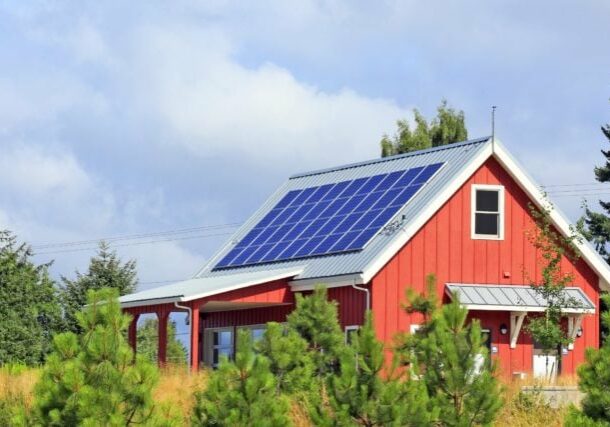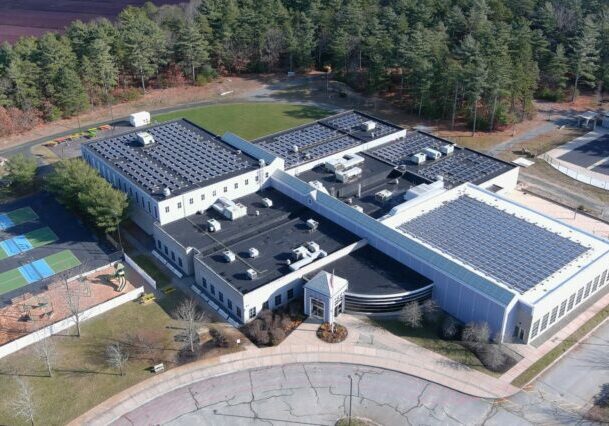June 4, 2015
Oregon is Poised to Fund Energy Storage
By Todd Olinsky-Paul
In May, the Oregon Department of Energy announced its upcoming solicitation for an energy storage demonstration project. The $295,000 solicitation, which should be released this month, combines state funds with support from the U.S. DOE Office of Electricity, and will also draw on technical assistance from Sandia National Laboratories. CESA helped to coordinate the federal-state partnership and will continue to participate as the program goes forward.
Energy storage wears a different complexion on the west coast as opposed to the Northeast, where state energy storage and resilient power efforts were kick-started by the devastation of Hurricane Sandy, and are now being buoyed by emerging FERC-regulated electric services markets, such as frequency response in PJM and demand response in NY-ISO, and by their potential to reduce high demand charges in New York City. Oregon’s electricity prices are low, thanks to abundant hydroelectric power; its markets are not FERC-regulated, and demand charges are do not comprise a large portion of the typical commercial electric bill. And although storms may sometimes cause outages, the region was not traumatized by a recent Sandy or Irene.
But the west coast faces its own natural disaster threats, not the least of which is earthquakes. The region is long overdue for a major quake of 8.4 magnitude or greater, seismologists say; for reference, that’s comparable to the 2011 Tohoku quake that destroyed the Fukushima Daiichi Nuclear Power Plant in Japan.
Compounding the threat, many of the region’s coastal communities rely for their electricity on just one or two transmission lines traversing the mountains from inland generators. Oregon’s Resilience Plan predicts that after a major earthquake, it could take up to six months to restore electric service to some coastal communities. But distributed resilient power systems could provide electricity to critical services, such as first responders, medical facilities, communications and shelters, when it is needed the most.
There are, of course, other use cases for energy storage in Oregon. These include transmission and distribution investment deferral, and peak load management; improvement of service reliability; improvement of power quality; grid regulation; and improved integration of renewables, including energy firming, ramp control, and energy shift. Ideally, the Oregon RFP will result in a system or systems that serve multiple uses.
Oregon DOE plans to release its first energy storage solicitation in June, and hopes to announce an award later this year. In doing so it will join its neighbors in the Pacific Corridor: California, which has adopted a game-changing 1.3 Gigawatt energy storage mandate; Washington State, which funded 6 MW of energy storage in 2014; and Alaska, which has a number of energy storage installations, including an island (Kodiak) that relies exclusively on renewable generation and energy storage.
For more information on the Oregon energy storage solicitation, click here.














